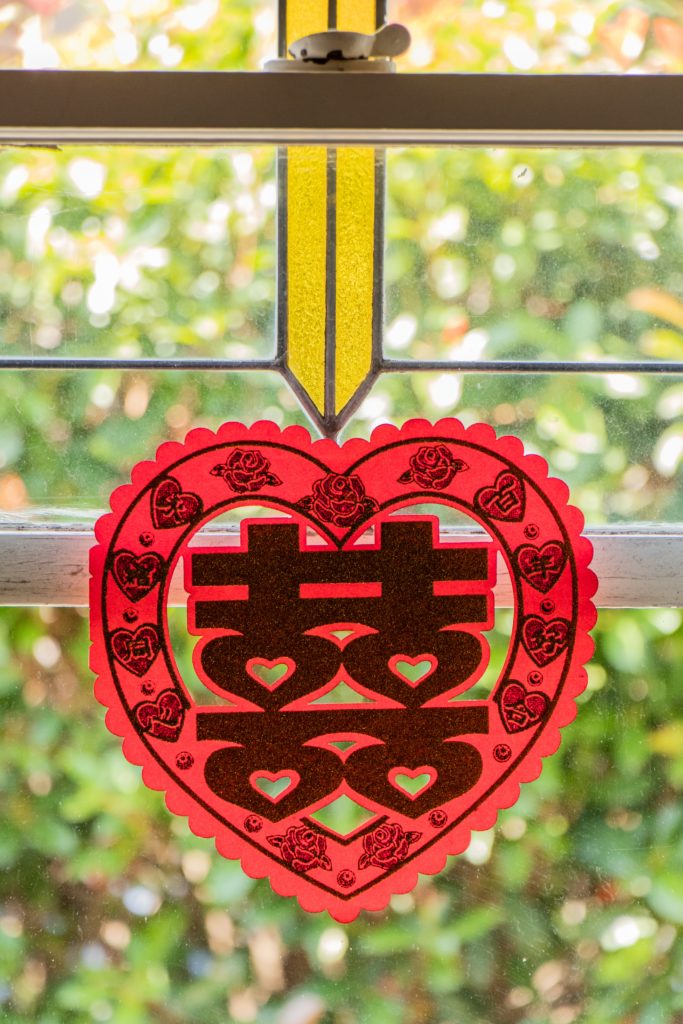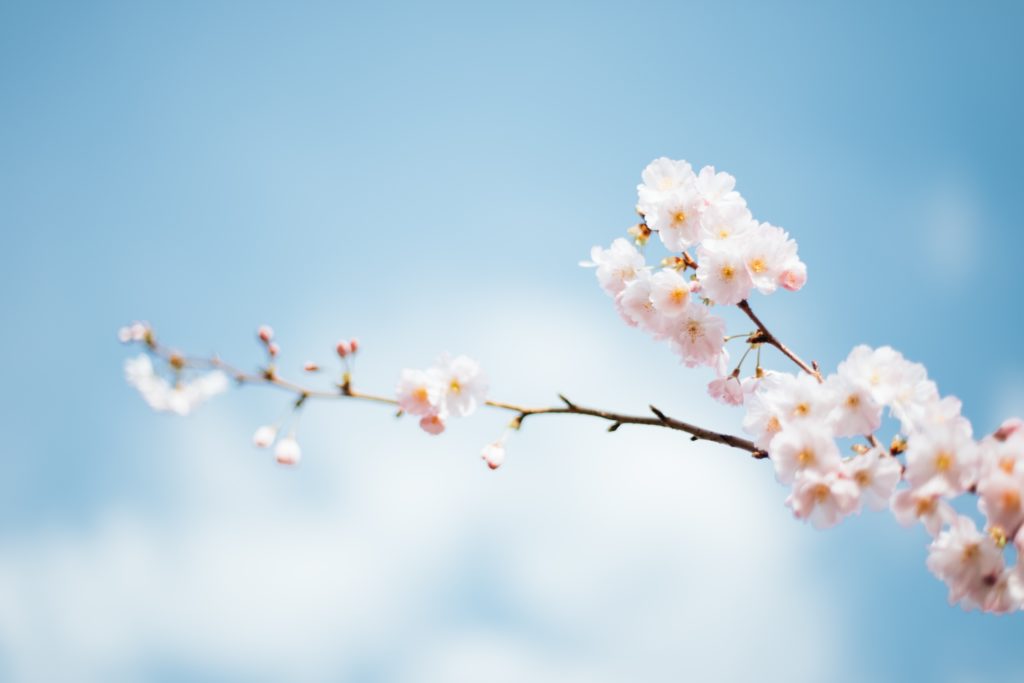
Studies reveal that organic compounds found in tea are beneficial for the cardiovascular system.
One of our favorite holidays is nearly here — Valentine’s Day. The big day honors and celebrates the most important emotion in the world, love. In fact, it’s love’s only holiday.
As businesspeople driven by pure passion, we find Valentine’s Day especially powerful. It is heart that drives us at Ku Cha House of Tea. It’s not always our heads that compels us to revolve our lives around tea!
We think tea and tea accessories make wonderful Valentine’s Day gifts. Our tea pots, many of them handmade in China and Japan, are gorgeous. We also carry a broad line of artisan teas, many of them as special as other Valentine’s Day staples, like Champagne and caviar. A selection of teas with a beautiful new teapot? That’s a treasure.
But tea’s Valentine’s Day advantages go beyond craftsmanship, flavor and a partner’s warm smile.
Studies show tea and heart health linked
Tea, it turns out, is good for your heart — literally.

A 2020 study in the European Journal of Preventive Cardiology, for example, found that people who drank more than three cups of tea a week experienced a 20 percent reduced risk for cardiovascular incident, a 22 percent reduced risk for cardiovascular death and a 15 percent reduced risk for all-cause premature death.
“Habitual tea consumption could reduce risk for both atherosclerotic cardiovascular disease morbidity and mortality, as well as all-cause mortality in China, and long-term adherence to the habit could provide with stronger protections,” the study concludes. “Our findings give a further insight into the beneficial role of tea consumption, and have great public health implications for guiding primary prevention among Chinese adults.”
A 2018 Harvard Medical School publication pointed towards studies that show tea-sipping may improve “vascular reactivity,” a term that refers to blood vessels’ ability to respond to stress, both physical and emotional.
Catechins and flavonoids
In addition, the report says evidence suggests that drinking both black and green tea may lower LDL (low-density lipoprotein) cholesterol levels; LDL cholesterol is the bad one. Other large studies reveal that regular black and green tea drinkers may suffer fewer heart attacks and strokes.One of the keys could be “catechins” and “epicatechins,” organic compounds found in green and black tea that part of a family of plant chemicals called flavonoids. Remember all of the press about the benefits of drinking red wine? It wasn’t the alcohol or wine’s sugar content that received praise, it was its concentration of flavonoids.

Research suggests that flavonoids could be valuable in mitigating inflammation within the body. And inflammation is believed to be one cause for arterial plaque build-up. By consuming foods (or supplements) rich in flavonoids, people could be simultaneously decreasing inflammation and removing plaque. Both green and black tea contain flavonoids, but green tea holds a bit more.
Another study, which monitored more than 80,000 people in China during a six-year period, examined how tea interacts with the high-density lipoprotein, or HDL — the good cholesterol. Sure enough, the 2018 study published in the Journal of the American Heart Association, showed that tea helps slow-down the natural decrease in HDL that people experience as they age.
Here’s to Valentine’s Day, a holiday devoted to love, compassion and heart health! Sip tea because you savor the flavor, because you appreciate the mental and physical stimulation, because you simply love brewing tea and holding a warm cup in your hand.
And drink it, too, for your heart’s health.
Tea Spotlight: Spring in Paris

Spring is months away. But hey, Valentine’s Day is on its way, the days are growing longer, and why not pretend crocuses are pushing through the soil and parkas have returned to the back of the closet?
We’ve got just the tea for you — Spring in Paris.
This fruity, delicate tea involves strawberries that were dried just after plucking,
and pink peppercorns, also known as “baie rose,” from France.
We all refer to them as peppercorns, but in fact pink peppercorns are dried berries from the Schinus molle shrub, which is also called the Peruvian peppertree. Meanwhile, the peppercorns you pour into mills and grind to coarse dust come from a completely different tree. Why do we call them peppercorns? For one, other than the pink part, they resemble peppercorns. Also, baie rose imparts a peppery bite.
Pink peppercorns are members of the cashew family. People with cashew allergies might want to steer clear of foods with pink peppercorns.

